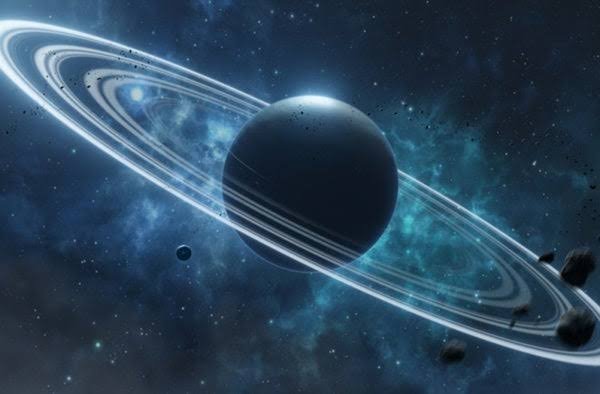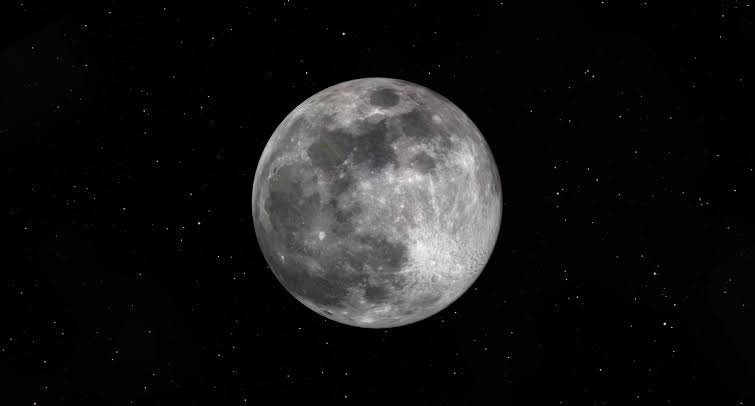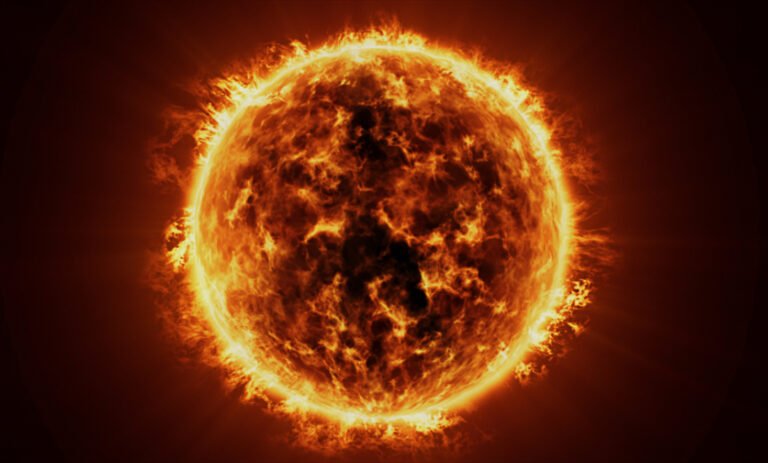
“Uranus is the seventh planet from the Sun in our Solar System, known for its blue-green color, extreme axial tilt, and icy composition. It is classified as an ‘ice giant’ due to its atmosphere of hydrogen, helium, and methane, and it has a faint ring system and 27 known moons. Uranus’s unique sideways rotation and freezing temperatures make it one of the most intriguing and mysterious planets.”

Overview
Position in the Solar System: Seventh planet from the Sun.
Distance from the Sun: About 2.9 billion kilometers (1.8 billion miles).
Orbital Period: Takes about 84 Earth years to complete one orbit around the Sun.
Rotation: Unlike most planets, Uranus rotates on its side with an axial tilt of about 98 degrees. This unique tilt causes extreme seasons, with each pole facing the Sun for 42 Earth years at a time.
Physical Characteristics
Diameter: Approximately 50,724 kilometers (31,518 miles).
Mass: Roughly 14.5 times the mass of Earth.
Composition: Uranus is an “ice giant,” made primarily of hydrogen and helium, with significant amounts of water, ammonia, and methane ices. The methane in its atmosphere gives it a blue-green color.
Atmosphere and Climate
Atmosphere: Composed mostly of hydrogen, helium, and methane. Methane absorbs red light, giving Uranus its signature blue-green hue.
Temperature: It’s the coldest planet in the Solar System, with average cloud-top temperatures around -224 degrees Celsius (-371 degrees Fahrenheit).
Weather: Winds can reach speeds up to 900 km/h (560 mph), and Uranus has faint, dark rings composed mainly of dust.
Moons and Rings
Moons: Uranus has 27 known moons, named mostly after characters from works by Shakespeare and Alexander Pope. The largest moons include Titania, Oberon, Umbriel, Ariel, and Miranda.
Rings: It has 13 known rings, though they are faint and narrow compared to Saturn’s. The rings are mostly dark and composed of ice particles and dust.
Unique Features
Axial Tilt: Uranus’s extreme axial tilt, likely caused by a massive collision in the past, sets it apart. This tilt makes its rotation appear to roll around the Sun like a ball, creating unusual seasonal effects.
Magnetic Field: Uranus has an off-center magnetic field tilted at 59 degrees relative to its rotational axis, which is also unusual in the Solar System.
Exploration
Voyager 2: NASA’s Voyager 2 spacecraft is the only probe to have flown by Uranus, capturing images and data in 1986. Future missions to Uranus are currently under discussion due to the planet’s scientific interest.






